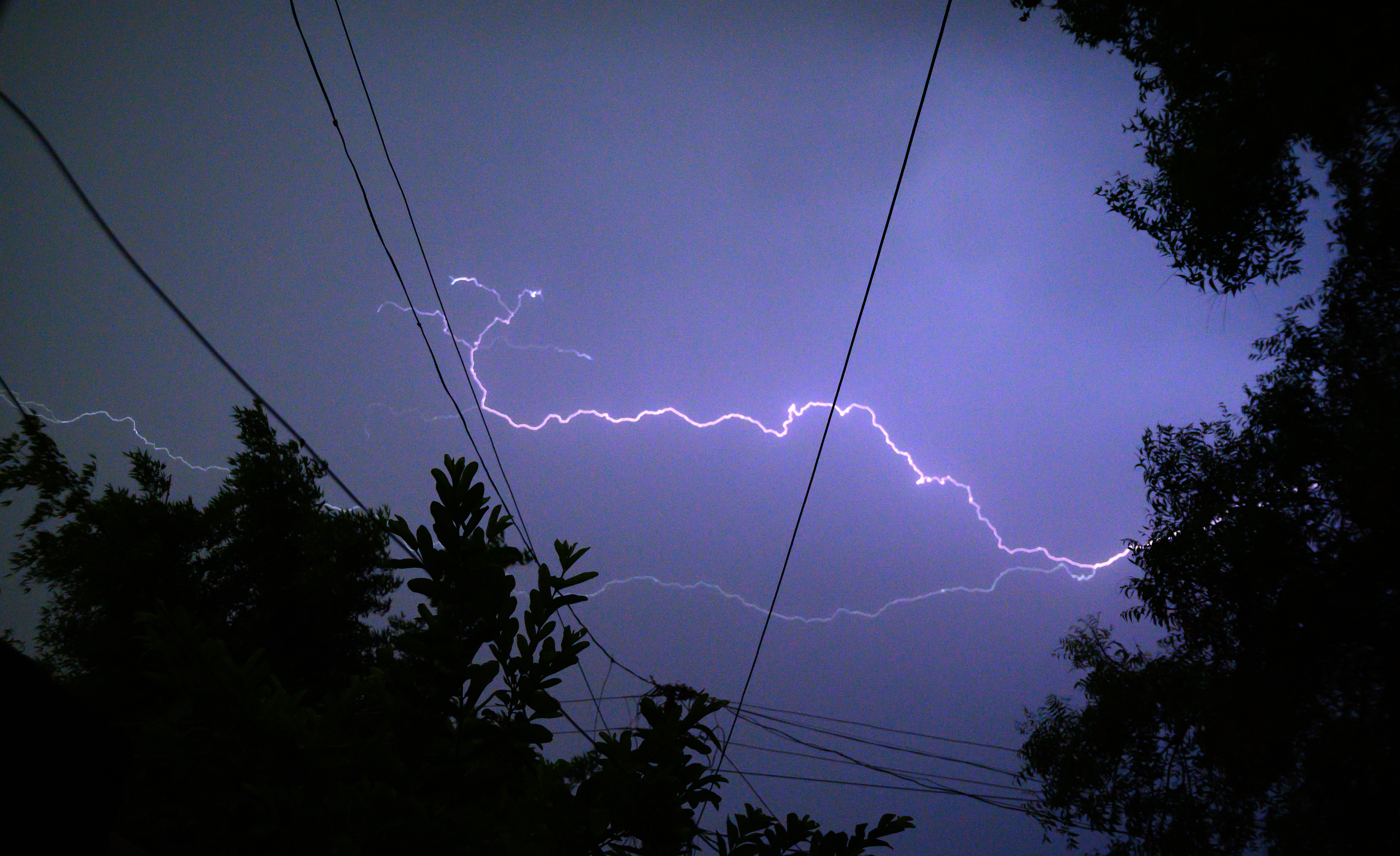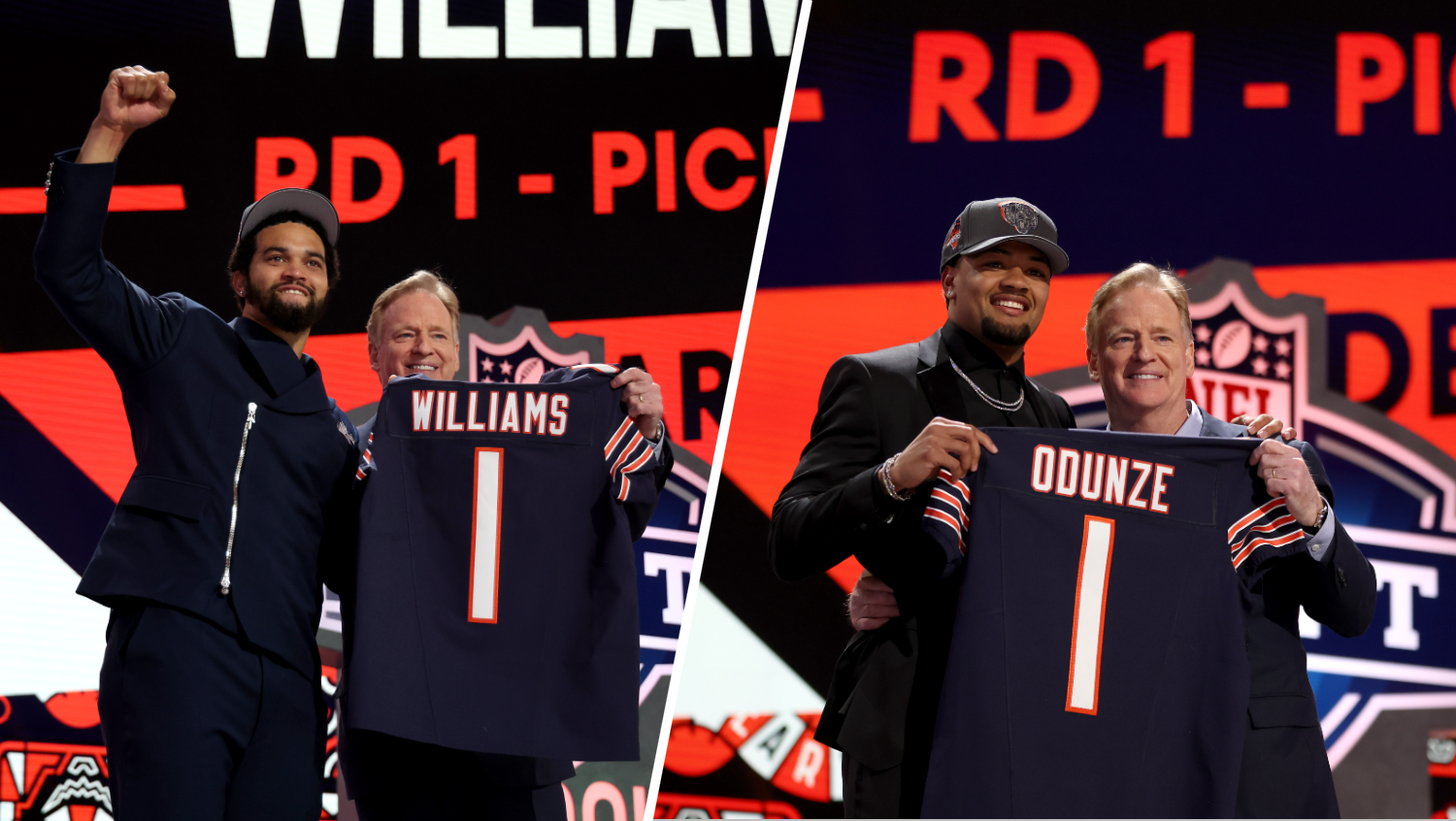As COVID-19 metrics continue to increase throughout the region, Cook County health officials warned Wednesday that the area could see a tightening of restrictions if certain numbers are reached.
Dr. Rachel Rubin, co-lead of the Cook County Department of Public Health, said that she "is extremely concerned with the rise in new cases and increase in the positivity rate of COVID-19 in suburban Cook, and throughout the state of Illinois."
According to the Illinois Department of Public Health, Cook County would have to experience a positivity rate over 8% and staffed intensive care unit bed availability below 20% for three consecutive days to move back to Tier 1 mitigations.
Cook County's seven-day rolling test positivity rate is sitting at 5.2%, according to the latest IDPH date, which has been steadily increasing since the end of March. As of Tuesday night, the county's ICU bed availability was at 22%, falling close to the state's threshold over the past week.
Feeling out of the loop? We'll catch you up on the Chicago news you need to know. Sign up for the weekly Chicago Catch-Up newsletter here.
"We are considering tightening up the required mitigations again if the trend continues, but we're not taking such actions now, not yet," Rubin said.
Because Illinois health officials would have to mandate a move to Tier 1 mitigations, Rubin said "stepping back" some restrictions within Phase 4 would be the "most logical thing" for Cook County officials to do.
The update comes days after Rubin warned that the county could see some previous mitigations return amid what appeared to be the beginning of a third surge of the pandemic.
Local
As of Wednesday, Cook County Health officials said seven suburban communities had seen a 200% increase in the last week. Those communities included Glencoe, Northridge, Riverside, Robbins, Harvey Lynwood and Berkeley.
As of Saturday, both the city of Chicago and Cook County have each recently seen more than 600 new daily cases, Rubin said. Just a few weeks prior, Rubin said approximately 250 cases were reported each day.
The daily positivity rate in COVID testing has also increased, standing at 6.4% for the last few days as of Wednesday. The seven-day rolling average positivity rate is at 5%.
Rubin explained that the county could possibly continue to increase in cases, then flatten the curve for a period of time before finally decreasing. She advised that, as the weather continues to warm, residents should spend more time outdoors to prevent the spread of the virus.
Officials in Chicago have also expressed concern over a “quantum leap” in coronavirus cases, saying that a failure to curtail those gains could cause some restrictions to be re-imposed after they were loosened earlier this year.
As is the case in Chicago, Rubin said cases are spiking in Cook County's younger population, particularly people in their 20s and 30s who are part of the age group that does not have widespread access to the vaccines yet.
"It's you know our 20s and 30-year-olds and somewhat 40-year-olds that are the ones that are our testing positive. Younger folks are also, as we know, the ones that are more likely to be out and about and maybe being a little bit less observant of the guidance, which means not wearing masks and congregating in big groups which we don't advise," Rubin said. "So, they are driving this pandemic right now, however it doesn't mean that other groupings other than our older seniors are not also seeing rises because younger people will transmit to their older family or friends."
Late last month, Cook County announced the gradual reduction of COVID-19 mitigation measures, particularly on outdoor gatherings, in alignment with the city's easing of restrictions.
The updated capacity limits include:
- Outdoor Dining: Groups of 10 people
- Amusement Parks: Can open at 25% capacity
- Outdoor Fitness Classes, Meetings, Social Events and Recreation Activities: Can increase to 50% capacity or 100 people
- Seated Spectator Events: Venues with a capacity less than 200 are limited to 50% and no more than 50 individuals. Larger venues with a capacity of more than 200 are limited to 25% capacity.
Indoor service remained limited to the lesser of 50 patrons or 50% capacity per room.



